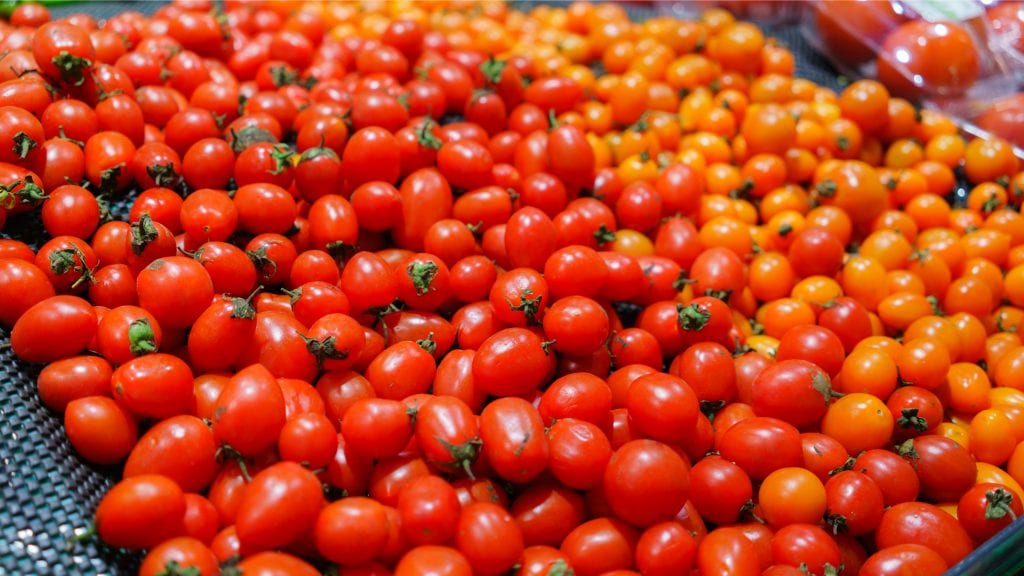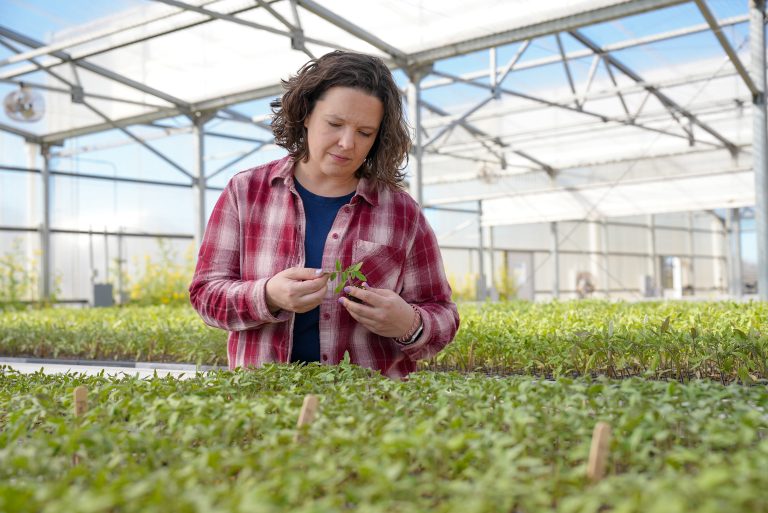
By Clint Thompson
Tomatoes possess specific traits that growers desire to attract would-be consumers. These include quality, yield, shelf life, etc.
Appearance is one, if not, the most important characteristic, says Jessica Chitwood-Brown, assistant professor of horticulture at the University of Florida Institute of Food and Agricultural Sciences (UF/IFAS) Gulf Coast Research and Education Center in Wimauma, Florida.

She spoke about why it will be an integral part of her breeding program now that she has joined UF/IFAS as the tomato breeder.
“I would bet that most people would say flavor is their most important trait, except that they’re not going through the store and tasting tomatoes. You buy with your eyes,” Chitwood-Brown said. “Tomatoes have to look pretty before they will ever end up in your cart and at home with you. I would say that visual appearance, and that includes a lot of things like external color, no defects, even ripening; things like that, which are going to be absolutely essential for a consumer to even want to take home to taste it in the first place.
“Sometimes it doesn’t even make it to the consumer in a grocery store because buyers who send it to a grocery store won’t buy it. It has to have a certain profile to even make it to where a consumer can either accept or reject it.”
Inside Appearance Vital as Well
The tomato’s appearance does not just apply to what consumers see on the outside. Breeders at UF/IFAS have prioritized the fruit’s inside coloring as well.
“Internal color is becoming more and more important. There’s a gene that’s called crimson, and growers want tomatoes that have the crimson gene that makes the tomatoes inside look real dark red,” she added.
“We’ve also been able to start to understand how white tissue occurs in tomatoes where the actual meat of the tomatoes have little white dots in it. We’re figuring out the genetic control of that. Uneven ripening, that can be impacted by a variety of things but one of them is genetics; being able to control what we can considering the environment’s going to do what the environment does.”









